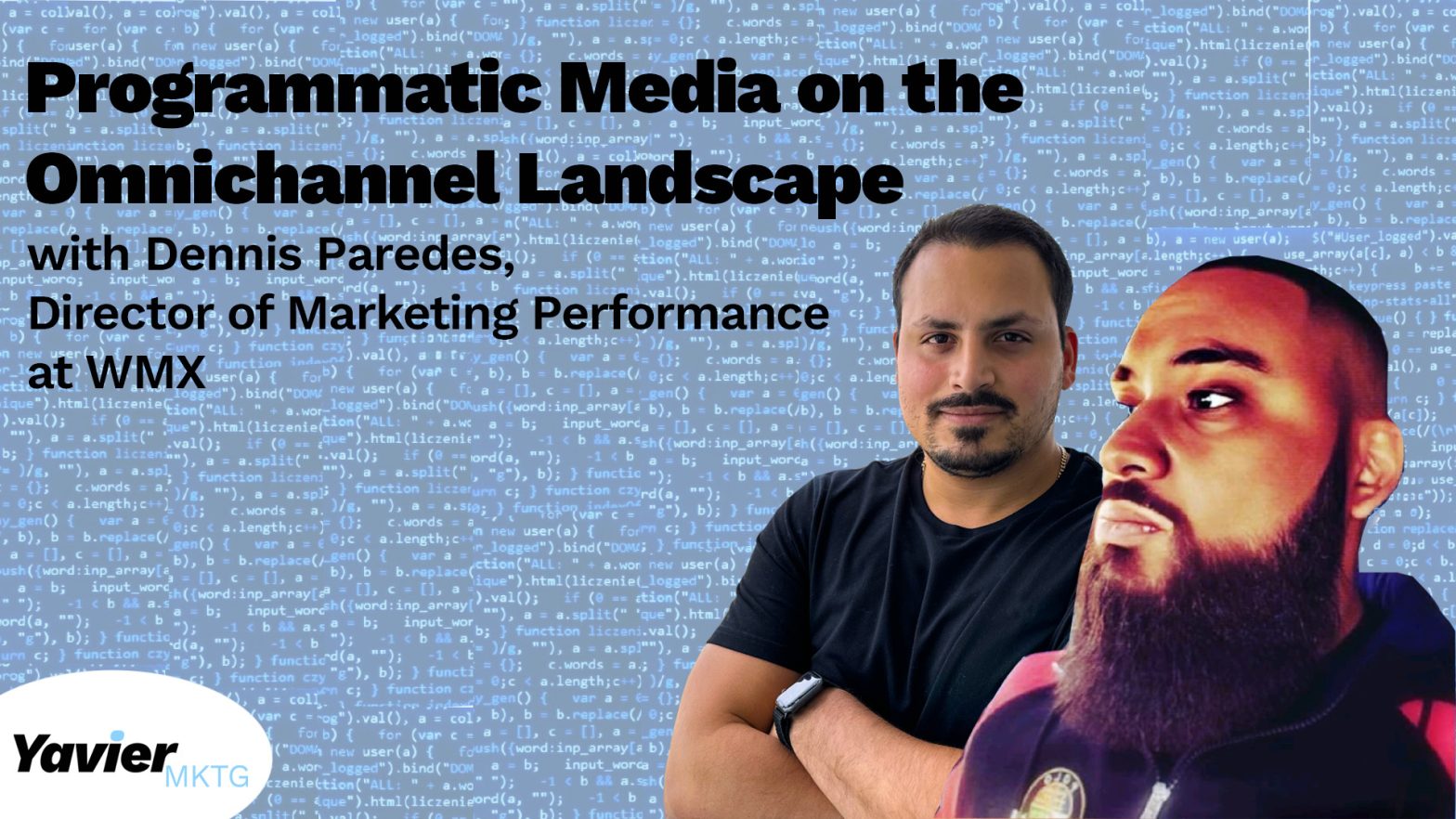
Lately, I have been encountering a lot of different business owners that want to spend money on media to generate revenue. I have been trying to help them since I am a Programmatic Media Buyer with 5 years of experience in different fields of Marketing. They constantly ask me how much they should spend on digital campaigns, when results are going to be driven, and how we can measure revenue from the digital campaigns. Measuring revenue from the actual campaign is something I already know how to do, but how much we should spend on a digital campaign and when are we going to see results is something I never had a clear answer.
After that experience, I started to look for ways to answer these questions until I find out about Contribution Margin, Breakeven, and the 12-Week Year approach. I have been looking for clients to start launching and maintaining their digital campaigns. With contribution margin and breakeven, I can create a strong starting point to attract them to do business once they have given me a budget based on the different monthly spending I recommended. Finding the Contribution Margin by using its formula (Contribution Margin = Product price – Variables Cost) will help me find the Breakeven to recommend to my prospective clients how much they should invest in digital campaigns based on a goal. Breakeven will help me define to the client how many units of their product should be sold to reach the amount of money they are investing in digital ads. The way to find this middle point is by dividing fixed cost by contribution margin. Even if the client has various products with different prices, I can provide an approximate. Once the client is on board and the campaign has launched, it is important to set the right expectations for it. Based on my experience, they normally start asking about results during the first week. With the 12-Week Year approach, I can set the right expectations on when we will see valuable results. The 12-Week Year focuses on the things that really matter the most. In my case, one of the things that matter the most is optimizations to digital campaigns. But for me to do that, I must see data to know what optimization I must execute. Instead of analyzing the overall data, I will take a deep dive into the analytics that really defines my success and/or failure. After I have a clear idea of what is affecting my campaign in a positive or negative way, I will optimize based on what I found. Now, instead of looking at the campaign performance every day and focusing on creating new audiences, on reach, website traffic, etc. to justify my success or failure, I will focus on the granularity of the campaign’s data.







Leave a Reply